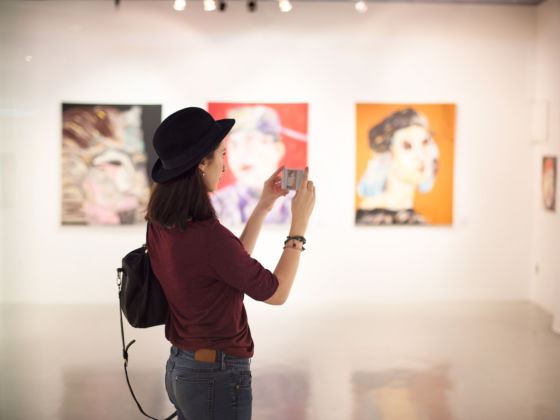That conventional wisdom may be true if you’re thinking about traditional stocks, but now is the perfect time to start thinking about building other assets: like an art collection.
For the most part, art prices are at an all-time low. After a boom period that gained momentum in the late 1990s, the art market went bust last year. Auction houses like Sotheby’s and Christie’s began to worry about their own assets as even artists who traditionally fetched high prices failed to seal deals with cautious buyers.
For high end collectors, the current art market may seem just as dismal as the financial markets. But for new entrants, it’s a really exciting time to start building an art collection.
Interested? Here’s how you get started.
